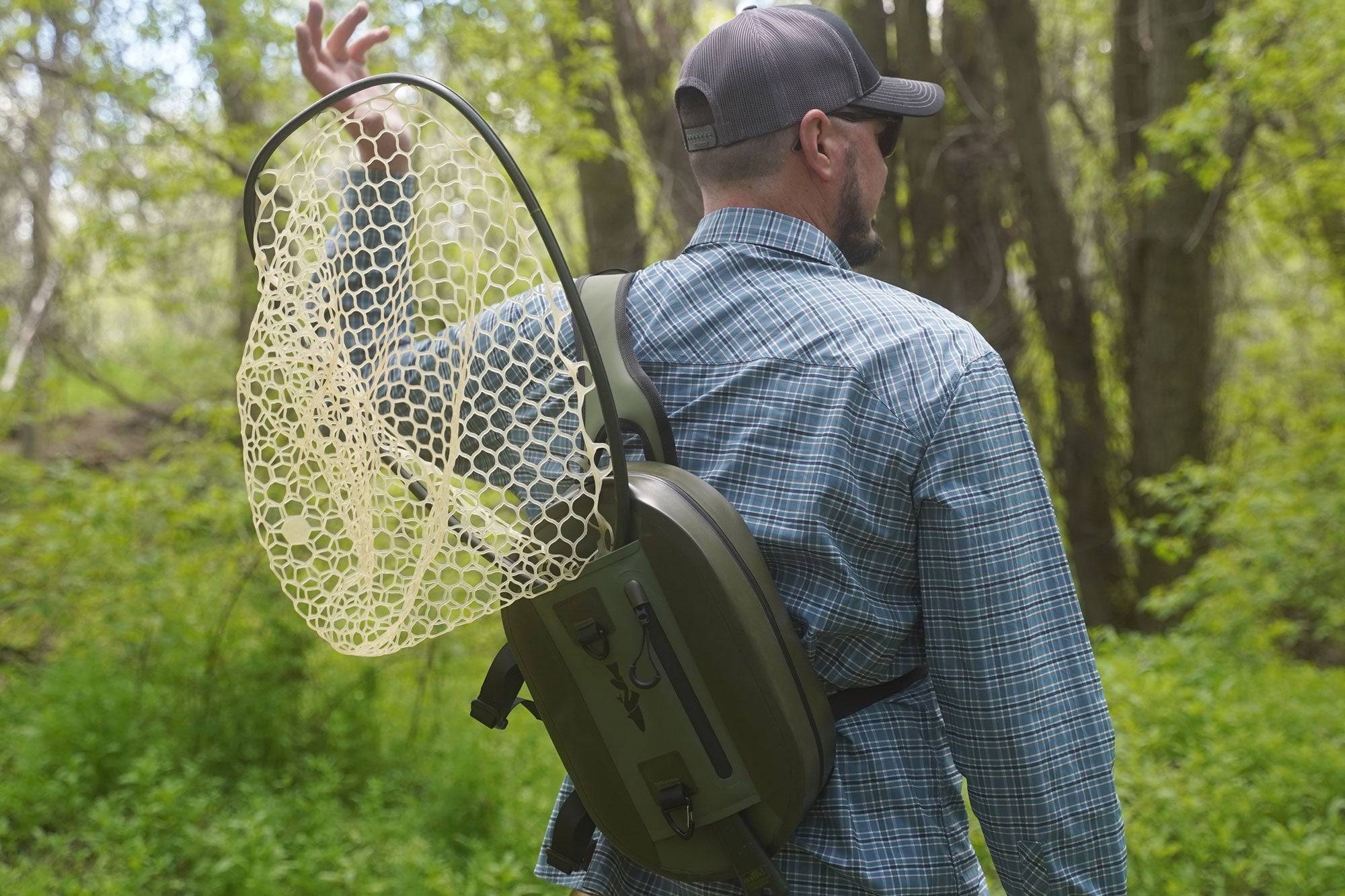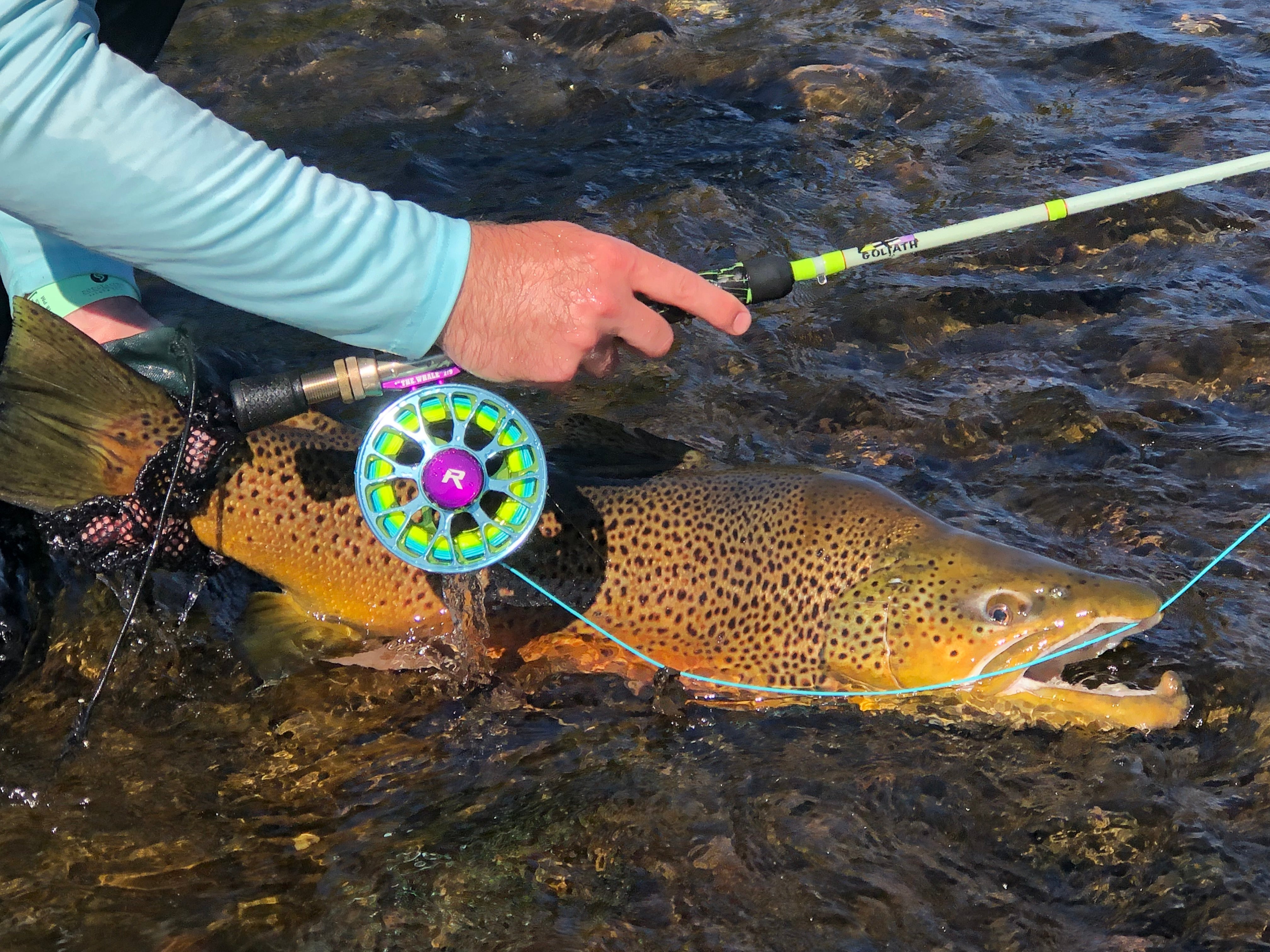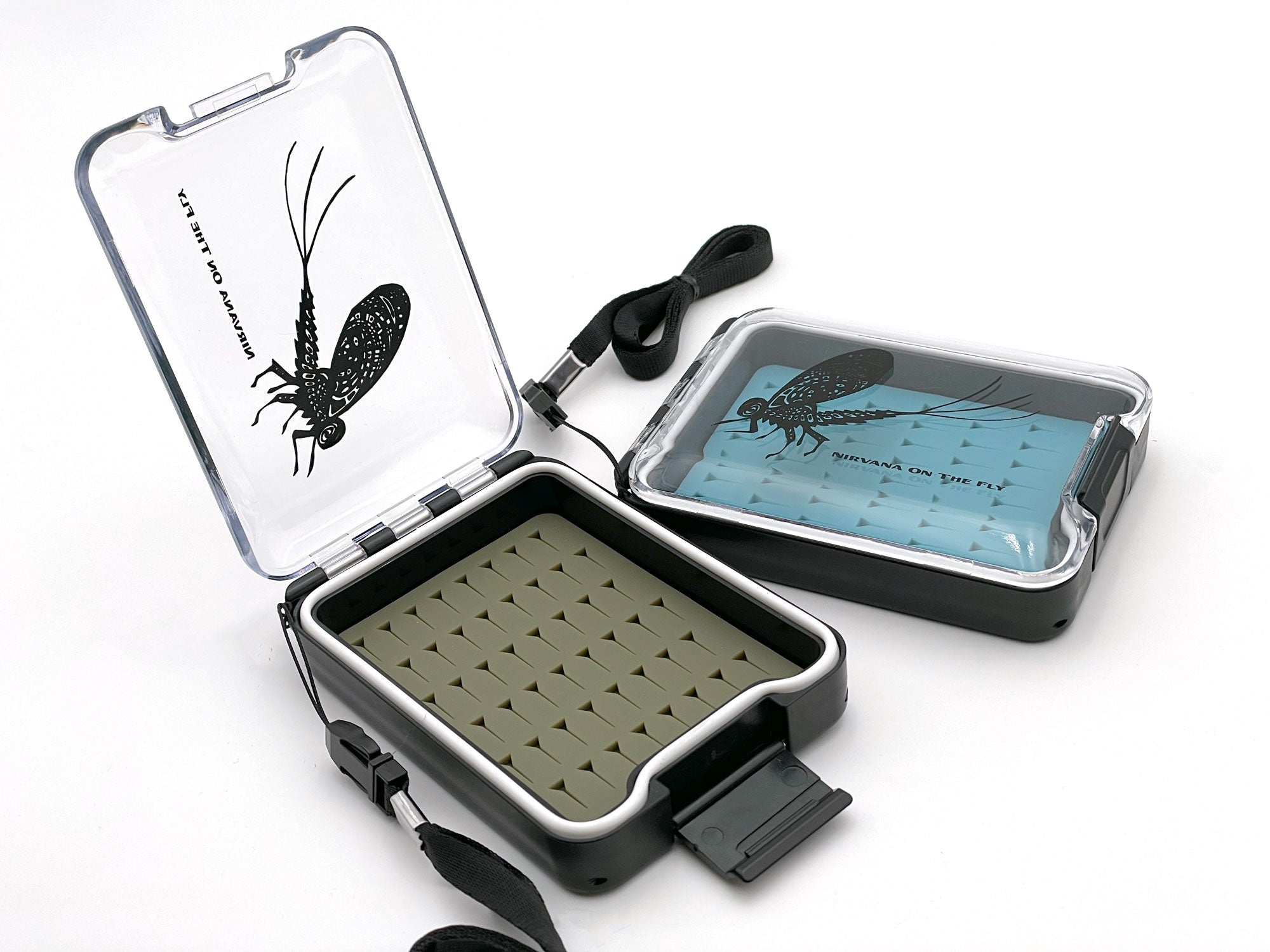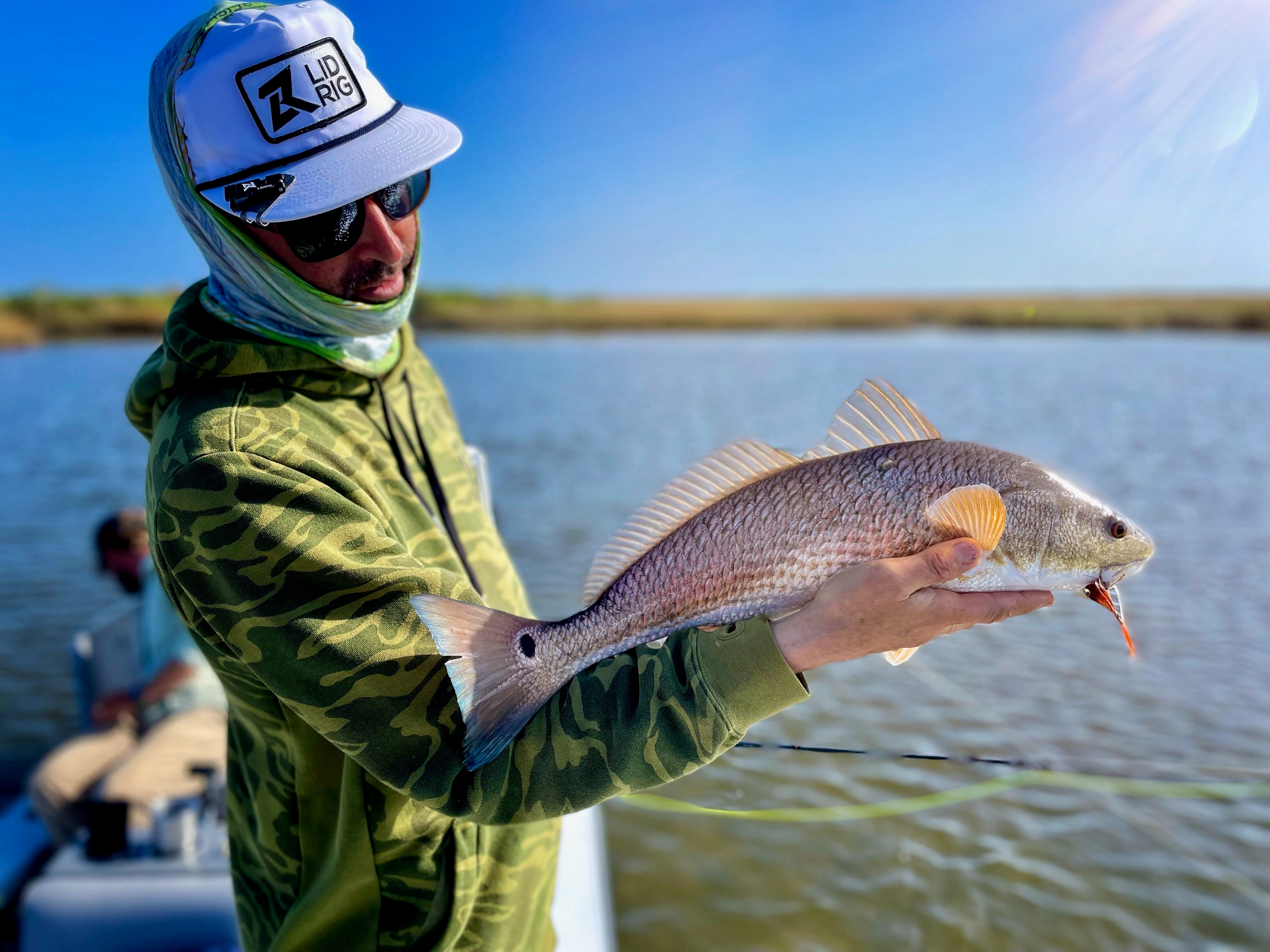Historical Significance of Tarpon
Tarpon have a rich history, intriguing early marine biologists and fishermen with their formidable size and spectacular acrobatics. The first scientific descriptions date back to the 19th century, with Tarpon being recognized for their remarkable biology and their cultural significance in coastal communities. I could only imagine the tales that would come from schools of giant tarpon breaching the surface to gulp air and show their menacing dorcel fins. The must have been terrifying to see when showing in sizable groups. f
Evolution
Ancestral Origins: With Tarpon, we're tracing back a lineage that spans millions of years. Tarpon belong to the family Megalopidae, which is a part of the ancient order Elopiformes, a group of fishes that have existed since the Cretaceous period. This lineage suggests that Tarpon have ancient roots, potentially dating back as far as 100 million years.
These ancestral Tarpon were likely quite different from the Tarpon we know today. They evolved during a period of significant global changes, both in terms of climate and geography, which would have influenced their development. The prehistoric oceans they inhabited were teeming with a variety of life forms, many of which are now extinct. In this dynamic environment, ancestral Tarpon would have had to adapt to survive, leading to the evolution of traits like their robust, silvery scales, and their ability to gulp air – adaptations that are key to the survival of modern Tarpon.
This long evolutionary history has equipped Tarpon with a remarkable ability to adapt to varying environmental conditions. They can tolerate a range of salinities, which is why they're found in both saltwater and freshwater habitats. Their air-breathing ability, a trait likely developed early in their evolution, allows them to thrive in oxygen-depleted environments, giving them a survival edge.
Understanding the ancient lineage of Tarpon adds depth to the experience of fishing for them. As anglers, when we hook into a Tarpon, we're not just connecting with a challenging and revered sport fish, but also with a species that carries the legacy of a bygone eras, having navigated the vast changes of our planet's history to survive into the present day.
Morphological Changes: Examining the evolution of Tarpon's unique features like their large, silver scales and powerful muscular build, air gulping, and resistance to varying salinity.
Tarpon's Role in Fly Fishing
What Makes Tarpon a Prize Catch?: Understanding why Tarpon are highly sought after in sport fishing, noted for their size, strength, and fighting ability. Furthermore, due to their boney jaws setting hooks that will stay in connection with with them as the thrash about like a junkyard dog on the end of a chain can feel almost impossible. It is common to talk about how many you hooked and how many you landed in the same conversation.
Techniques and Strategies: Extremely firm hook sets with bite leaders is a common trait. As an angler you are always looking to challenge the known problems and next up is the acrobatics. The most common technique is to bow and 90 degree rotate your rod tip from an upright to an inverted position and often plunge it into the water. This redirection of the line and pull on the fish will lessen their ability to breach and shake a hook free.
With limited knowledge of the prized catch let’s answer 10 of the more common FAQ’s around Tarpon and get are barings about us. Then we can further explore the species with fly fishing in mind. Here's a list of 10 frequently asked questions (FAQs) for fly fishing enthusiasts targeting Tarpon:
- What is the best time of year to fish for Tarpon?
Answer: The prime season for Tarpon fishing is typically from late spring to early summer, with May and June being the peak months in many locations, such as the Florida Keys. However, this can vary depending on the specific geographic location. Prime season is typically dictated by when the non-resident fish come back and offer up the trophy catch.
- What type of fly rod and reel is recommended for Tarpon fishing?
Answer: A 10 to 12-weight fly rod is generally recommended for Tarpon, paired with a high-quality reel with a strong drag system to handle their powerful runs. The flies are typically lighter and more and more anglers are switching from 12’s to smaller rods for more accurate casting. Either way, putting the wood to a hooked fish and leveraging your leg strength is key.
- What are the most effective fly patterns for Tarpon?
Answer: Popular fly patterns include the Tarpon Toad, Deceiver, Cockroach, and EP Flies. Flies that mimic the appearance and movement of Tarpon prey like baitfish, crabs, and shrimp are often effective. My favorite by fare is a Black and Purple EP Minnow.
- Where are some of the best destinations for Tarpon fly fishing?
Answer: Some top destinations include the Florida Keys, Belize, Costa Rica, Louisiana, and the Yucatan Peninsula in Mexico. Each location offers unique fishing experiences and opportunities to catch Tarpon.
- What techniques are most successful for catching Tarpon?
Answer: Techniques such as sight fishing on flats and casting near mangroves or river mouths are effective. Presentation and accuracy are key, as Tarpon can be selective feeders. Night fishing around piers, walls, etc. has become popularized and is an absolutely deadly technique.
- How do you properly handle and release a Tarpon?
Answer: Tarpon should be handled with extreme care to ensure their survival after release. Use a landing glove to control the fish, support its weight horizontally, and avoid taking it out of the water, especially for larger specimens. These fish unlike alot other can completely exhaust themselves, so standard revival and rest then release. Releasing a weakened fish is often likended to sending them into the underworld as bait themselves for sharks, etc.
- What are the common sizes of Tarpon caught on a fly?
Answer: Tarpon sizes can vary widely, with juveniles typically around 10-30 pounds and adults ranging from 40 to over 100 pounds. Exceptionally large Tarpon can weigh more than 200 pounds. In my opinion the 75 pounders are the most fun to catch. They fight like crazy but you aren’t battling a fish for over an hour.
- Do I need a special permit or license for Tarpon fishing?
Answer: Licensing requirements depend on the location. In many areas, such as Florida, a saltwater fishing license is required, and some locations may have specific Tarpon tags or permits. Check the local fishing regulations and go from there.
- What are the main challenges in Tarpon fishing?
Answer: Challenges include the Tarpon's strength and acrobatics, which can test your gear and skills. Additionally, their wariness and selective feeding habits require precise fly presentation and stealth. They can often be just out of reach, like wrangling a dog to get in the car that knows they are going tot he vet.
- Can Tarpon be targeted in both saltwater and freshwater?
Answer: Yes, Tarpon are primarily saltwater fish but can also be found in brackish and freshwater environments, especially juvenile Tarpon. They are known for their ability to adapt to various water conditions. In Belize we love targeting them in he water slews that are found all over San Pedro.
Get 10% off your booking when you book a trip to Belize. Get a Tarpon, Bonefish, Permit and Snook all in one trip! Use code FFIPocast during your booking.
Role in Marine Ecosystems
Tarpon play a significant role in marine ecosystems, primarily due to their position in the food chain. As juveniles, they serve as prey for a variety of larger marine predators, such as sharks and barracudas. This predation is crucial for maintaining the natural balance of marine ecosystems, controlling the juvenile Tarpon population, and supporting the food web dynamics.
As they mature, Tarpon transition to become apex predators in their habitats. They primarily feed on smaller fish, crustaceans, and occasionally mollusks. This predatory behavior is important for controlling the populations of these smaller species, which in turn affects the health and balance of the ecosystem. Tarpon's feeding habits can influence the distribution and abundance of the species they prey upon, indirectly shaping the structure of the marine community.
Additionally, Tarpon are known for their migratory behavior, which contributes to the ecological connectivity between different marine environments. By moving between freshwater, brackish, and saltwater systems, they facilitate nutrient transfer and contribute to the ecological health of various water bodies.
Conservation Efforts
The conservation of Tarpon is essential not only for maintaining their populations but also for preserving the overall health of marine ecosystems. One significant aspect of Tarpon conservation is the promotion of sustainable fishing practices. This includes implementing catch-and-release fishing, particularly for large, breeding-age individuals, to ensure that the reproductive capacity of the population is maintained.
Regulations and protective measures are also crucial for Tarpon conservation. In some regions, specific laws are enforced to regulate Tarpon fishing, including seasonal restrictions, size limits, and the use of certain types of fishing gear that are less harmful to the fish. These regulations help in reducing overfishing and bycatch, ensuring a stable Tarpon population.
Habitat conservation is another key aspect. Protecting the coastal and estuarine habitats crucial for Tarpon’s spawning and juvenile development is essential. Efforts to safeguard these areas include preventing habitat degradation due to coastal development, pollution, and climate change. Healthy mangroves, seagrass beds, and river deltas are particularly important for providing shelter and feeding grounds for Tarpon.
Additionally, research and monitoring play a vital role in Tarpon conservation. Scientific studies help in understanding Tarpon behavior, migration patterns, and population dynamics, which are essential for informed management and conservation strategies. Organizations and researchers often collaborate on projects to tag and track Tarpon, gathering data that aids in the development of effective conservation policies.
The ecological impact of Tarpon is profound, influencing marine biodiversity and ecosystem health. Their conservation requires a multifaceted approach, combining sustainable fishing practices, habitat protection, regulatory measures, and ongoing scientific research to ensure that Tarpon populations remain robust and continue to play their critical role in marine ecosystems. Want to know more about Tarpon, preservation and conservation then look at the Bonefish and Tarpon Trust. Additionally, here is a podcast regarding Tarpon in Texas that you may enjoy.

By Christian Bacasa
Host of the Fly Fishing Insider Podcast
www.ffipodcast.com
@flyfishinginsiderpodcast
@dupeafish






